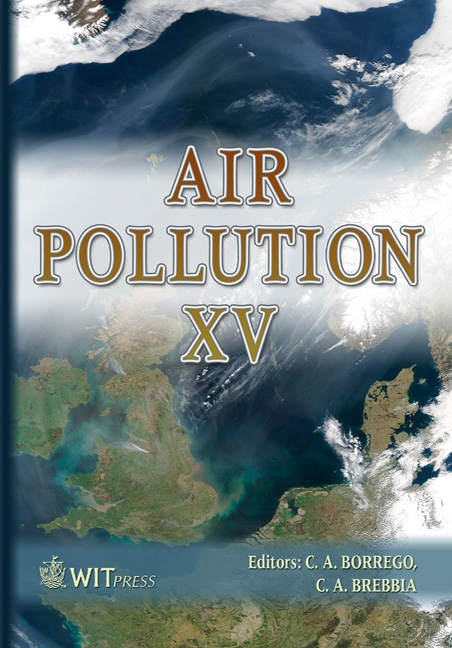Characterization Of BTEX Sources In A Medium-size City By Concentration Statistical Analysis And GIS Technique
Price
Free (open access)
Transaction
Volume
101
Pages
8
Published
2007
Size
1,381 kb
Paper DOI
10.2495/AIR070371
Copyright
WIT Press
Author(s)
S. Capasso, M. Monaco, P. Iovino, S. Salvestrini & M. Vigliotti
Abstract
The concentrations of benzene, toluene, ethylbenzene and the isomeric xylenes (BTEX) were determined in the atmosphere of S. Maria Capua Vetere city, in sixteen sites, ten times per site, during 2006. This city is of medium size, with about 32,000 inhabitants and is located in Southern Italy. Passive adsorption samplers, followed by GC/MS analyses, were used for BTEX determinations. The 24-hour average BTEX concentrations showed a marked variability from site to site. In some streets the pollutant concentrations were above the limit values required by the European Union. These streets were characterised by relatively intense traffic, but are rather narrow and have high buildings on either side. In the entire city the main pollutant source was road traffic. Moreover, analyses of the correlation coefficients among the BTEX concentrations and GIS maps highlighted the contribution of stationary sources to toluene air concentration. Their contribution has been quantified. Keywords: BTEX, GIS technique, GC/MS analyses, pollutant concentration, diffusive sampler. 1 Introduction Aromatic hydrocarbons, in particular benzene, toluene, ethylbenzene and xylenes (BTEX) are among the main pollutants in urban areas [1] and their adverse effects on human health are well documented [2]. Several studies [3, 4] have shown that the highest contribution to BTEX in urban areas is from the vehicular traffic. In many cases, however, it has been observed that emission from
Keywords
BTEX, GIS technique, GC/MS analyses, pollutant concentration, diffusive sampler.





